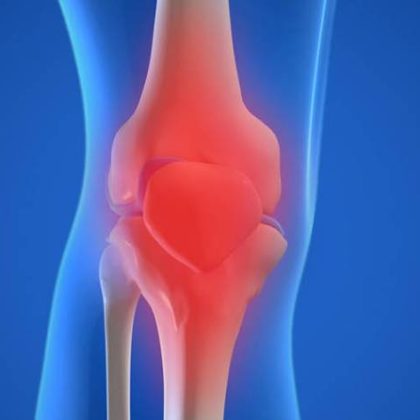Positron emission tomography is a medical imaging technology which utilises minute quantities of positron emitting radioactive material for non-invasive identification of diseases and allows for quantification and follows up of diseases. This is coupled with computerised tomography (CT) which is useful anatomical imaging. The images are then fused together to obtain information on both the function and anatomy of the organs.
How does it work?
PET scan utilises radioactive molecules for studying specific functions like intermediary metabolism, and receptor status. Fluoride 18 is the widely available positron emitting radio-isotope owing to its favourable half-life of 110 minutes which permits production in a medical cyclotron and transportation to distant places with PET-CT installation. Of the fluoride 18 labelled radiopharmaceuticals, Fluorodeoxyglucose (FDG) is widely used.
Why do we use PET-CT Scan?
PET-CT is widely used in oncology. The excellent sensitivity of PET scan allows for early identification of cancers. Cancers can be identified using PET even before conventional imaging modalities like CT. MRI and USG. PET scan, being a whole body imaging modality, is of immense importance in the metastatic workup of cancers. Inclusion of PET scan changes the treatment plan in up to 25% of the oncology patients. PET scan is of immense importance especially when major curative surgery is being planned.
PET, being functional imaging modality, is able to identify the response of cancers to treatment very early even before morphologic changes like reduction in size occurs. The response of certain cancers like GIST is identified even within 24 hours of therapy. Early response assessment allows for tailoring therapy and switching over to different chemotherapeutic drugs in non-responders.
Other uses of PET-CT Scan
A PET-CT scan is also useful in non-cancerous conditions like,
- Dementia
- Seizure focus localization
- Movement disorders
- Myocardial viability evaluation
- Identification of myocardial ischemia
- Inflammatory and infective disorders presenting as pyrexia of unknown origin
- Vasculitis
PET scan is a simple and non-invasive imaging modality. It scans the entire body in less than 20 minutes. Apart from response assessment, planning of radiotherapy treatment can also be planned using the information of the biological status and extent of the tumour. Because PET-CT scan provides both anatomical information and metabolic information, it is likely to be a one-stop imaging modality in the near future. Established indications for PET-CT scan include some of the most prevalent cancers like lymphoma, lung cancer, breast cancer, colorectal cancers, esophageal cancer and head and neck malignancies.







